On May 8, the City of Philadelphia cleared a homeless encampment that stretched two blocks on Kensington Avenue between East Allegheny Avenue and Orleans Street under the Market-Frankford Line. This clearing marked the first step of Mayor Cherelle Parker’s five-phase plan to dramatically improve Kensington, whose residents contend with extreme poverty, open-air drug markets and the modern fentanyl crisis.
Parker campaigned on shutting down the neighborhood’s open-air drug market, saying she would bring in the National Guard. Although that has not yet come to pass, her administration has brought an intense police presence to the neighborhood during and after the encampment clearings. Parker’s heavy-handed approach to the drug market and homelessness in Kensington has drawn criticism from advocates for people experiencing addiction and homelessness.
It’s an issue cities across the country are contending with, and it was recently brought before the U.S. Supreme Court with the City of Grants Pass v. Johnson. Activists fear that the June 28 ruling makes tough-on-crime approaches easier for cities while at the same time endangering vulnerable residents.

WHAT IS GRANTS PASS V. JOHNSON?
The case originated in Grants Pass, Oregon (population 39,000) — a city that has almost doubled in size over 20 years while its supply of affordable housing has not kept pace. Grants Pass has a 1% vacancy rate, making it extremely difficult for residents without housing to find it.
Grants Pass had opportunities to address the affordable housing crisis, including a proposal to fund an emergency shelter, but instead has doubled-down on criminalizing unhoused people. As the City Council president openly admitted: “The point is to make it uncomfortable enough for them in our city so they will want to move on down the road.”
The criminalization of homelessness can look like city councils passing “anti-camping” laws, or otherwise selectively enforcing restrictions on accessing public areas in ways that primarily affect people experiencing homelessness. That has manifested in cities across the U.S. by clearing homeless encampments.
Las Vegas cleared 2,500 camps in September 2023. Camp removals in Minneapolis have more than doubled since last year. Los Angeles, too, removed an encampment in its downtown in May. And in New York City, encampment sweeps reached a high of 500 last fall.
It is more politically expedient for elected officials to blame people experiencing homelessness and misdirect attention from their own failures to address the housing crisis.”
— Eric Tars, National Homelessness Law Center
Eric Tars, senior policy director at the National Homelessness Law Center, is worried that, in siding with the City of Grants Pass, the Supreme Court has now set a precedent for how cities deal with the housing crisis. “They hide the cost of [creating new criminal penalties] in the law enforcement budget,” Tars says. “We know from research that it actually costs two to three times more to cycle people through the jail system and the courts than it does to simply provide them with housing.”
Tars emphasizes that cities are presenting a “false binary” — that they can either spend money to help people access affordable housing or criminalize people for free. In Tars’ view, it is not only cruel and unusual to criminalize homelessness, but also an ineffective way to solve the crisis, while exacerbating social justice issues. Homelessness has a hugely disparate impact on communities of color, as well as LGBT and disabled people.
WHAT WILL THIS MEAN FOR KENSINGTON?
More than one-third of Philadelphia’s homeless population resides in Kensington, a neighborhood with a staggering 45% poverty rate that is plagued by crime and drugs. There are reportedly around 80 open-air drug markets within the 1.9-mile stretch of Kensington.
“It’s not peaceful. It’s too many needles and everything,” Kensington resident Jahlil Lincoln says. Grid talked to Lincoln in Kensington’s McPherson Square where he was visiting family. “How you gonna get a chance to walk with your kids and you got people that will shoot dope all f***ing day and pass out all day, or who overdose? Some people get tired, they wanna leave and raise their kids in a better area. You can’t raise your kids here. Look at this, it’s horrible.”
Tars emphasizes that most people experiencing homelessness in the U.S. are not addicted to drugs nor suffer from visible mental illness, thus, federal homelessness policy should not be crafted on such a slim percentage of the population. “Kensington is kind of this unique situation where you have a really heavy drug user population,” Tars says. “And still, criminalizing approaches have not ended the drug crisis in America either. We need to be getting people into accessible treatments and making those options available to them.”
I think whatever restraint Parker had been showing, she now no longer has to show that same restraint.”
— Stephanie Sena, Villanova University anti-poverty law fellow
Villanova University Charles Widger School of Law anti-poverty fellow Stephanie Sena says that although Philadelphia has not yet arrested people for camping on public property, the Grants Pass ruling nonetheless opens the door to heavy-handed and dangerous practices. “I think whatever restraint Parker had been showing, she now no longer has to show that same restraint.” Sena, who has sued the City over previous encampment clearings, such as on the Benjamin Franklin Parkway, says the Supreme Court’s ruling takes away that legal tool for advocates to challenge City actions.
Moving people using opioids off of the main thoroughfare of Kensington Avenue directly endangers them, Sena says. A person overdosing on a quiet residential block is less likely to be seen and thus could more easily die before being treated with Narcan.
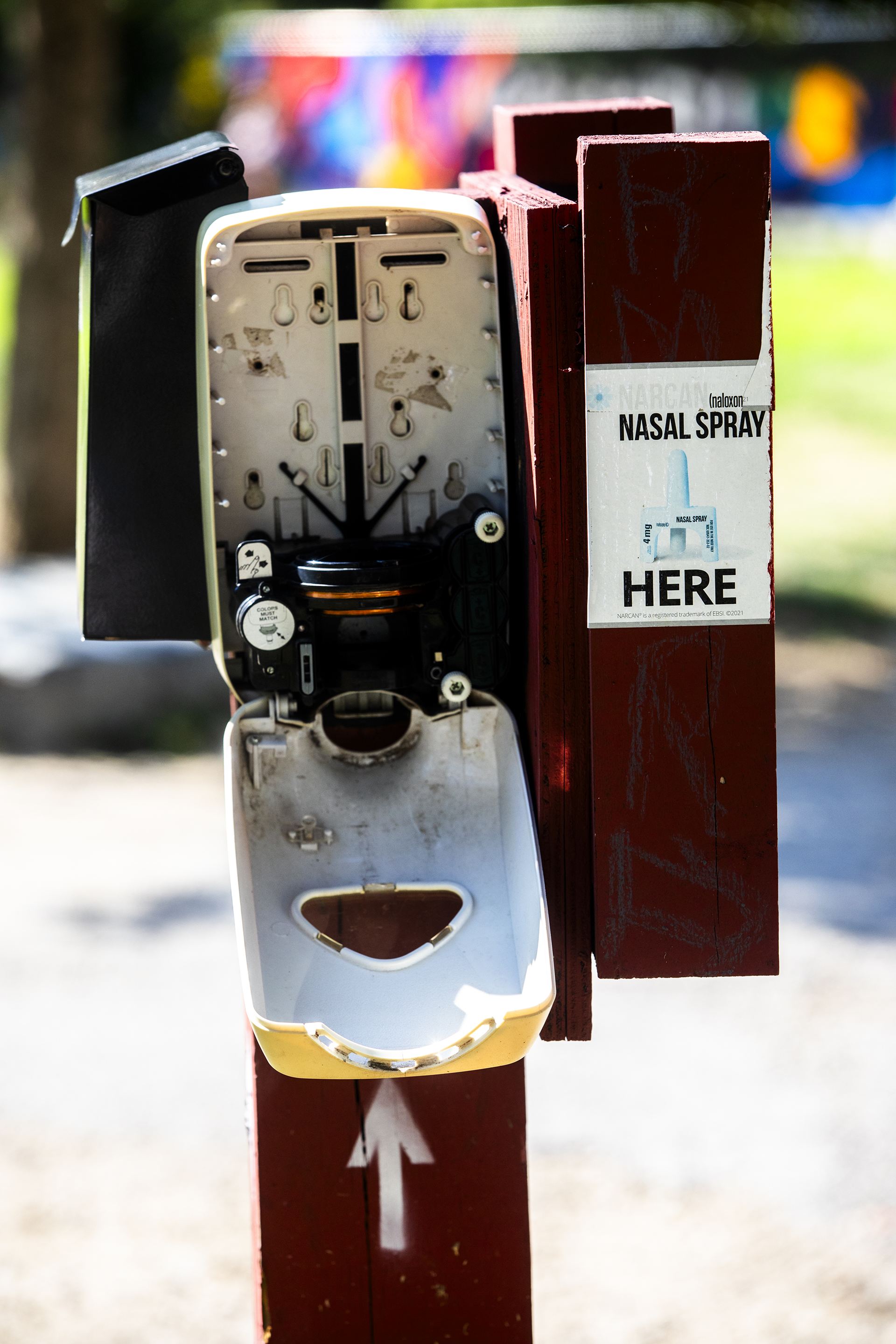
Posting more officers to Kensington also opens the door to dangerous interactions with police for housed and unhoused residents alike. “It’s going to have a profound impact on people who are unhoused or who are poor and Black,” says Sena. “Now that the Parker administration is allocating such significant numbers of police, it’s not just the unhoused who are going to be impacted by that.”
TRYING TO HELP
Walking around Kensington today where the former encampment was cleared, barricades still line the sidewalks and multiple police cars can be seen on each block. Street sweepers work to dispose of needles scattered on the ground.
Rodney Murray works at one of the many groups contracted by the City to help clean up Kensington, picking up needles and trash. Murray, who returned home eight months ago after serving a 22-year sentence, is part of a program for recently incarcerated people to get back on their feet and access employment. Grid spoke with Murray as he was finishing up a shift at McPherson Square, blocks away from where the former encampment was cleared. “Look, you’ve got the kids playing. Ain’t no needles in the park,” Murray says. “When they fall, they just fall on grass.”

Originally from North Philadelphia, Murray supports Mayor Parker’s initiative to not only improve Kensington, but the whole city of Philadelphia. “It’s about time we put our city back on the map,” he says. Still, Murray notes that Parker’s encampment clearing wasn’t a long-term solution for the neighborhood’s using and unhoused population; it only displaced them to the side streets and alleyways around the former encampment area.
“They just moved people around is all they did,” says Stephen Jackson, who works for the Substance Use Prevention and Harm Reduction program of the Department of Public Health. “The issue there is that there aren’t enough beds, there aren’t enough treatment centers contracted with the Single County Authority to handle the people, and the hospitals don’t give a s***.”
A person in recovery himself, Jackson says that there needs to be more City involvement in normalizing harm reduction, providing an easier trajectory for accessing treatment and a “softer way” to do it besides access points, assessment centers and hospitals. “We’ve had medical interventions for a long time, but people aren’t using them,” he says.
At the time of the May 8 clearing, City officials reported that outreach workers were able to place 59 people in housing or in treatment. However, subsequent reports show lower numbers. “As someone who has sent plenty of people off to treatment, I can tell you it doesn’t happen in five minutes. They have to be assessed, especially with all these wounds and all these medical needs,” Jackson adds.

Philadelphia currently does not have enough beds in recovery houses and in treatment facilities for people with complex medical conditions, such as wounds from xylazine, as reported by the Philadelphia Inquirer. A recent study by Thomas Jefferson University found that people in need of addiction treatment faced delays and administrative barriers that often scuttle their attempts to recover.
The Parker administration has taken steps to increase treatment capacity. In June, City Council approved Parker’s new City budget, which included a plan for a $100 million drug treatment center in Northeast Philadelphia on City-owned property on State Road, next to the City’s detention center and prisons.
The facility reportedly will have space to house and treat more than 600 people. However, advocates have pointed out that this center will take at least three years to complete; since enforcement has already begun, questions remain as to how the City will address the immediate impact of displacing hundreds of people.
William Rodriguez says that if he had been in this era growing up, he would probably be dead. Rodriguez, who is in recovery from using heroin, now works as an outreach and engagement coordinator for the Behavioral Wellness Center, a detox, rehab and mental health facility. Rodriguez is also a former client of the facility.
“Folks can be in there anywhere from five days until like two months, depending on the bed they’re in … but also how serious [they are] about changing their life,” Rodriguez says.
The center sets up an RV in the Kensington neighborhood five days a week, handing out pamphlets advertising its detox and rehab services, as well as providing water bottles to any passerby. The RV also has a nurse on board who can assess people’s wounds and consult with a doctor on what the best path of care for each case would be.
The nurse sees about four people a day at most, as each consultation is time-consuming. Rodriguez says that many of the wounds assessed require emergency room attention, which people are afraid to access due to long wait times during which they can be subject to intense withdrawal symptoms. In addition, the fact that many people in Kensington aren’t Philadelphia residents complicates how the center can administer services.
According to Rodriguez, the drugs on the market these days are “a whole different animal” compared to when he was using. He describes people going through extreme withdrawals, scaring them away from accessing most treatments he could when he was using heroin.
Jonathan Carotenuto, who stopped by to pick up a pamphlet from the center’s RV when it was parked along Kensington Avenue, agrees.
“It’s super hard to get off of things that are out there now. Until this past year, my longest drug use run — I started in 2017 — I’d maybe use for three months and I’d get to rehab and it was back and forth every so often,” says Carotenuto, who is originally from outside Norristown in Montgomery County. “But s*** that’s in the drugs now, it’s like I can’t get the recovery back. It’s so hard to get away.
“I’ve AMA’d [discharged against medical advice] from four rehabs in the past five months and I’ve never not committed to it. It’s like I get a couple of days and the sickness of the withdrawals is nausea, vomiting, you’re dripping sweat because you’re hot and then you’re freezing at the same time, can’t go five minutes without throwing up.”
Most people passing the RV only stopped to grab a bottle of water. Rodriguez says that he sees more failures than successes. “We may not bring anybody in, but at least I got to talk to some folks” he says.
A MORE FORCEFUL APPROACH
Philadelphia is home to one of four Pennsylvania jails that has facilities to start people on medication for opioid use while in custody. However, staffing has historically been a huge barrier to the efficacy of the Department of Prisons administering such care. Philadelphia has a 44% corrections officer vacancy rate.
Advocates are worried that the number of incarcerated people will rise as Parker begins the law enforcement phase while jails are still over-capacity and understaffed.
Police commissioner Kevin J. Bethel was quoted by the Kensington Voice, stating that “being unsheltered is not illegal” and “we’re not going down there to lock up 590-plus people.”
Asked for comment about Grants Pass v. Johnson, district attorney Larry Krasner’s office made it clear that being unhoused is not a crime.
“We’ve seen no indications that PPD intends to begin arresting unsheltered people as part of the Kensington plan,” says Dustin Slaughter, spokesperson for the district attorney’s office. “With that said, D.A. Krasner is staunchly opposed to the criminalization of poverty.”
It’s hard to qualify the extent to which the police department will make true on their stance that being unsheltered is not illegal, while Kensington’s homelessness crisis is wrapped up in the neighborhood’s drug crisis. Especially after conducting a massive encampment clearing in May and an additional sweep in July.
I will make no excuses for the fact that we will be going down there in a much more forward posture, and we will be making arrests.”
— Kevin J. Bethel, Philadelphia Police
Moreover, the City has said that they will be making arrests for drug use, sale and other “quality of life” crimes like prostitution. “I will make no excuses for the fact that we will be going down there in a much more forward posture, and we will be making arrests,” Bethel said at a June 9 press conference.
Krasner has said that even if arrests are to increase, he does not plan to prosecute low-level drug possession and quality of life crimes. But still, while awaiting trial, this could mean hundreds of Kensington residents end up in jails that are still over-capacity and understaffed as Parker begins the second phase of her plan. Meanwhile, the City spends over $64,000 a year per incarcerated person, of which 90% are people of color. Overdose deaths also disproportionately affect Black Americans.
In a departure from previous encampment clearings, the City reportedly did not notify the press or service providers of the clearing on July 10, which hid the action from public view and hindered efforts to connect unhoused people with support services. “That’s highly unusual,” says Villanova law fellow Sena. “It’s a signal that s***’s going to go down and they don’t want anyone to know about it.”
Sena questions who the Kensington cleanup drive is meant to help. The encampment dwellers don’t have sufficient housing or treatment options, and the low-income, housed residents are vulnerable to displacement when property developers take advantage of a sanitized neighborhood. “I have spoken with people in the encampments who were homeless and who had been evicted by landlords so they could develop [their rental property],” she says. “You can’t get a Whole Foods to K&A [Kensington and Allegheny avenues] with the encampments there.”
Tars was worried that Grants Pass v. Johnson would enable cities to conduct encampment sweeps, jail people and overall criminalize homelessness before shelter facilities and affordable housing were in place. As the City continues to displace the neighborhood’s unhoused population, some think that is primed to happen in Kensington.
As Tars puts it: “It is more politically expedient for elected officials to blame people experiencing homelessness and misdirect attention from their own failures to address the affordable housing crisis.”
 This content is a part of Every Voice, Every Vote, a collaborative project managed by The Lenfest Institute for Journalism. Lead support for Every Voice, Every Vote in 2024 and 2025 is provided by the William Penn Foundation with additional funding from The Lenfest Institute for Journalism, Comcast NBC Universal, The John S. and James L. Knight Foundation, Henry L. Kimelman Family Foundation, Judy and Peter Leone, Arctos Foundation, Wyncote Foundation, 25th Century Foundation, and Dolfinger-McMahon Foundation. To learn more about the project and view a full list of supporters, visit www.everyvoice-everyvote.org. Editorial content is created independently of the project’s donors.
This content is a part of Every Voice, Every Vote, a collaborative project managed by The Lenfest Institute for Journalism. Lead support for Every Voice, Every Vote in 2024 and 2025 is provided by the William Penn Foundation with additional funding from The Lenfest Institute for Journalism, Comcast NBC Universal, The John S. and James L. Knight Foundation, Henry L. Kimelman Family Foundation, Judy and Peter Leone, Arctos Foundation, Wyncote Foundation, 25th Century Foundation, and Dolfinger-McMahon Foundation. To learn more about the project and view a full list of supporters, visit www.everyvoice-everyvote.org. Editorial content is created independently of the project’s donors.


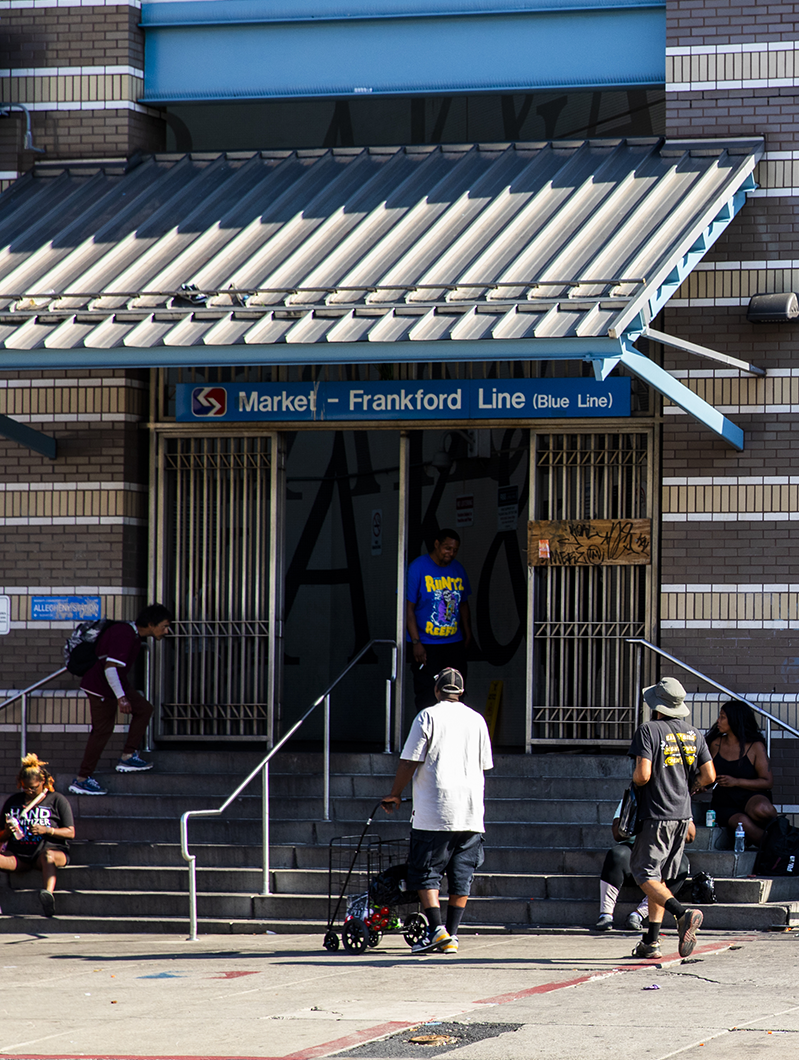

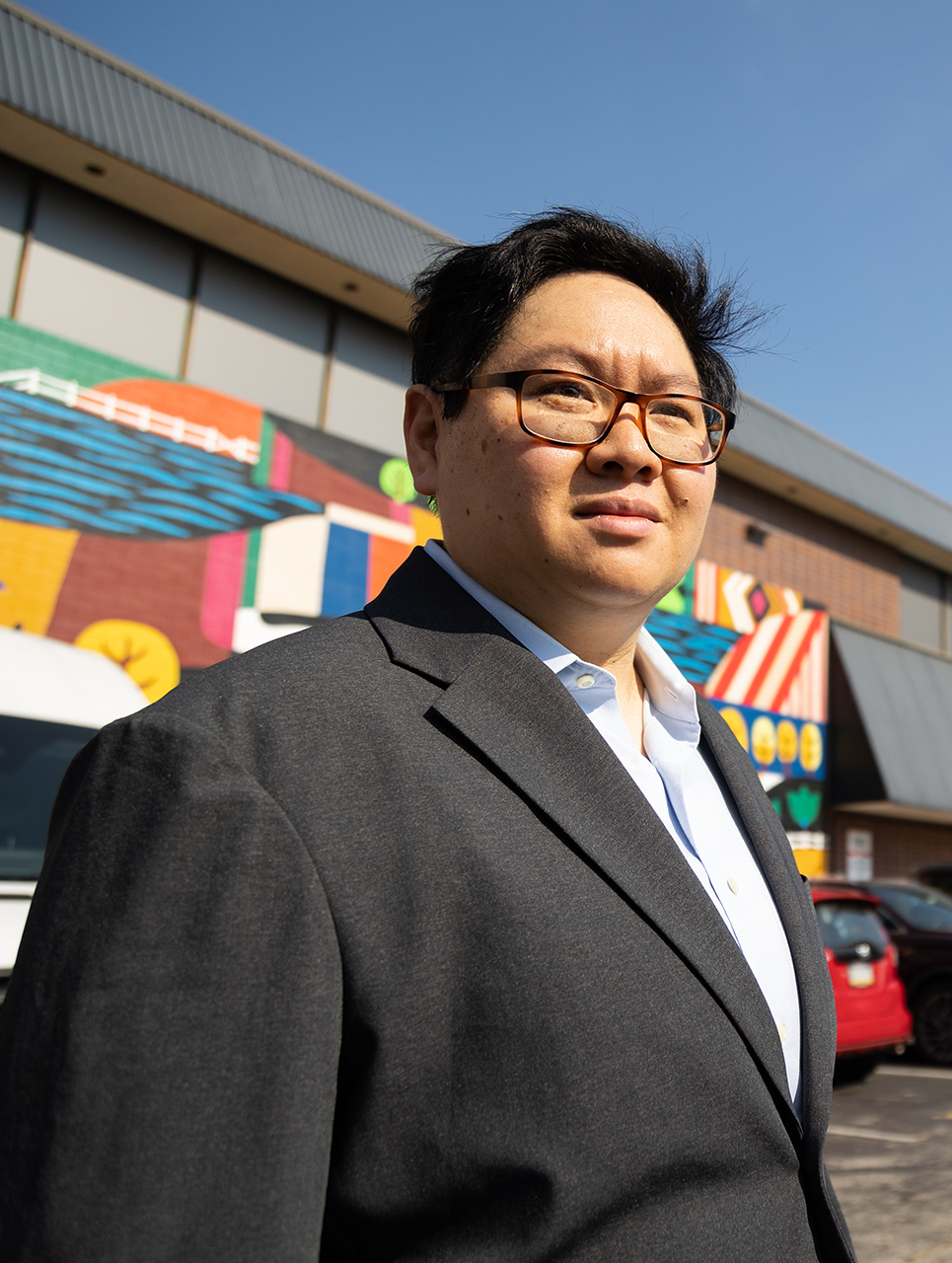
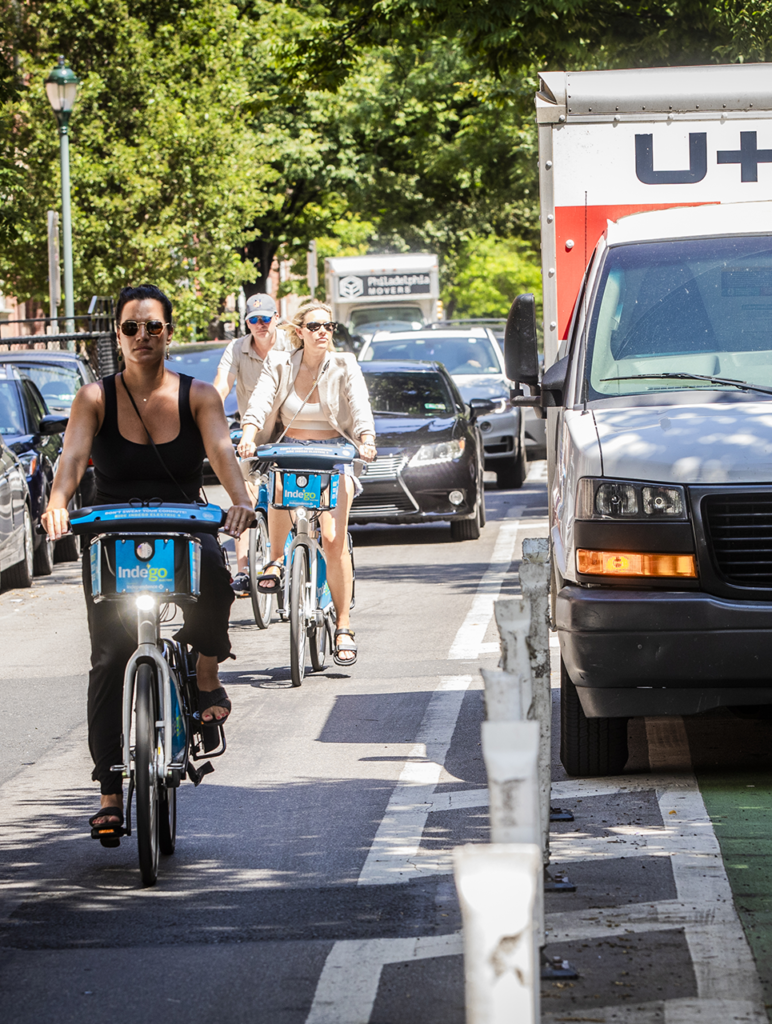

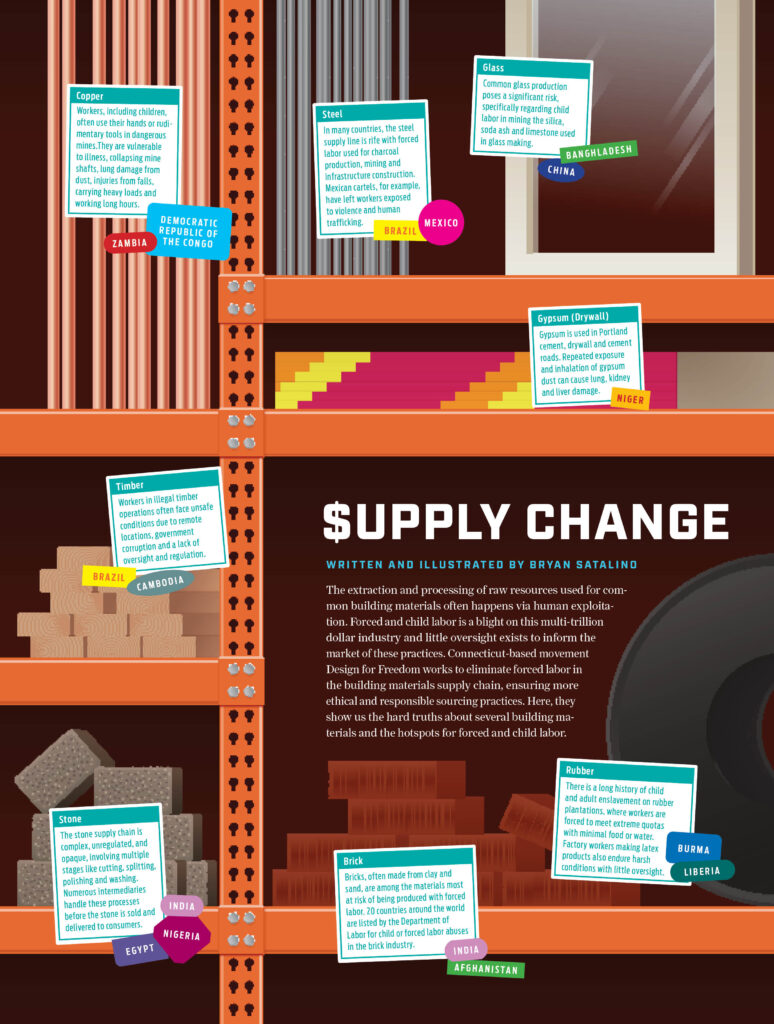

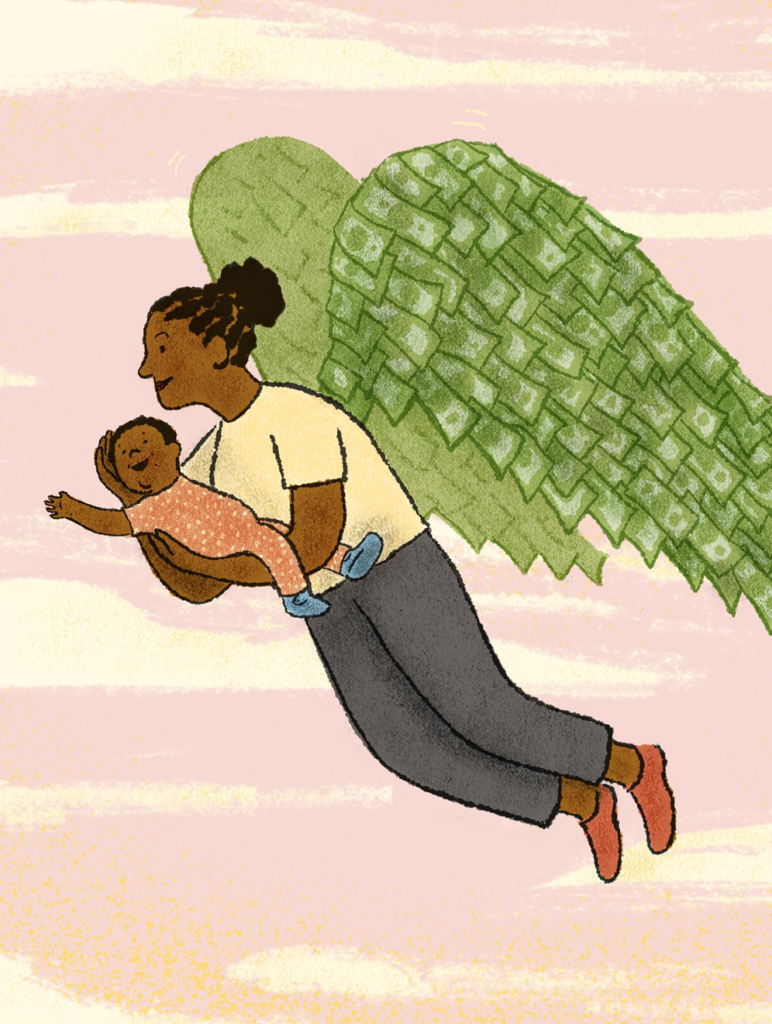
I am a recovering opiate addict….I am 45 yrs old….I have been thankfully clean & sober now for over 3 yrs….I unfortunately wasted 20+ years (*thats literally half of my life) using heroin or any kind of opiate every single day just to be well/normal…. I wouldn’t wish addiction on anyone…. It took me 13 rehabs/and or detoxes, 2x in jail, 7 times overdosing (which one one time I ended up on life support where I was given my last rights/which then into a coma….after waking up I had to learn how to walk, talk, go to the bathroom, feed myself etc) When my addiction got to its worst point, I ended up eventually losing EVERYTHING…. my career, my car, my home, my marriage, my sweet animals that to me were considered my children😢, ALL material items such as clothes, jewelry etc,, and worst of all…. I lost all RESPECT for myself….I was homeless from 2010 to 2013…..I was living on those very streets of Kensington… Trying to sleep was absolutely impossible…. if I wasn’t in an abando or a burnt-out factory I was trying to sleepi in the park, behind a store or even just on the pavement…. It was so traumatizing and so terrifying…..Addiction is a total daily struggle….its truly depressing and it’s such a sad existence…. During this time when I was homeless on those streets of Kensington, it was way different than it is now…. The cops were VERY strict and nasty bk then…. they would DEFINITELY chase you away from sleeping on the pavement, or even if you just were sitting on the steps of an abandoned house/property….they MADE you keep moving!!! You DEFINITELY weren’t camping out with tents and lighting fires in metal trash cans…. You DEFINITELY weren’t shooting up in front of anyone and everyone as if it’s as normal as just drinking a cup of coffee…. I just can’t believe how much it has changed and I blame the city!!! Somehow throughout the years it seems that the city just gave up….. They DON’T care about the addicts….they don’t care that these addicts are laying on the pavements, possibly dead and they don’t even check their vitals to see if they’re okay…. They’re NOT caring no longer if the addicts are just shooting up right in broad daylight…. As if it’s okay/allowed…..(When I was homeless out there if they caught you doing that you were arrested immediately!!!) As for them moving the tent cities…. All the city did was really just clear them off the larger of streets like Kensington avenue…..those tents were eventually moved to smaller side streets….*It is basically “out of sight…. out of mind”!! Kensington is known as the largest open drug market in the US….. People come from other cities / States to Kensington just for the drugs and how easy it is to cop the drugs…. That area unfortunately will NEVER actually change for the better…. And drugs will NEVER go away…. Sure, they will shut down a corner here and there, BUT there will ALWAYS be another one that will open up 10 minutes later down the block….. It’s a NEVER ending battle which the city will NEVER win!!! And that’s just the simple truth!!
**My thoughts heart and prayers go out to EVERY and ALL struggling addicts, as well as their devoted & loving families and friends!!! 🙏💜🩷🙏
Hi, my name is Robin valdez. Aka RICO.
I read your story. I understood the struggles. It s much worse now since Fentanyl came in play.
Withdrawal is extreme… my kidney. My liver my stomach. My bones …it feels like someone is squeezing em. I struggle for 12 yrs now. I want to stop. But hospitals play games. They do not give me snuff Dilaudid.. I had to leave everytime. It seems they don’t understand Fentanyl is 30x potent than Dilaudid. I need to stop. I lives in kensington. I own my house. Thank God. Owning my house really saves me. Never had to be homeless. But still. Bad bad addiction. I m hard of hearing. If u know how I can get inpatient ASAP? Ricomoocher83@gmail.com